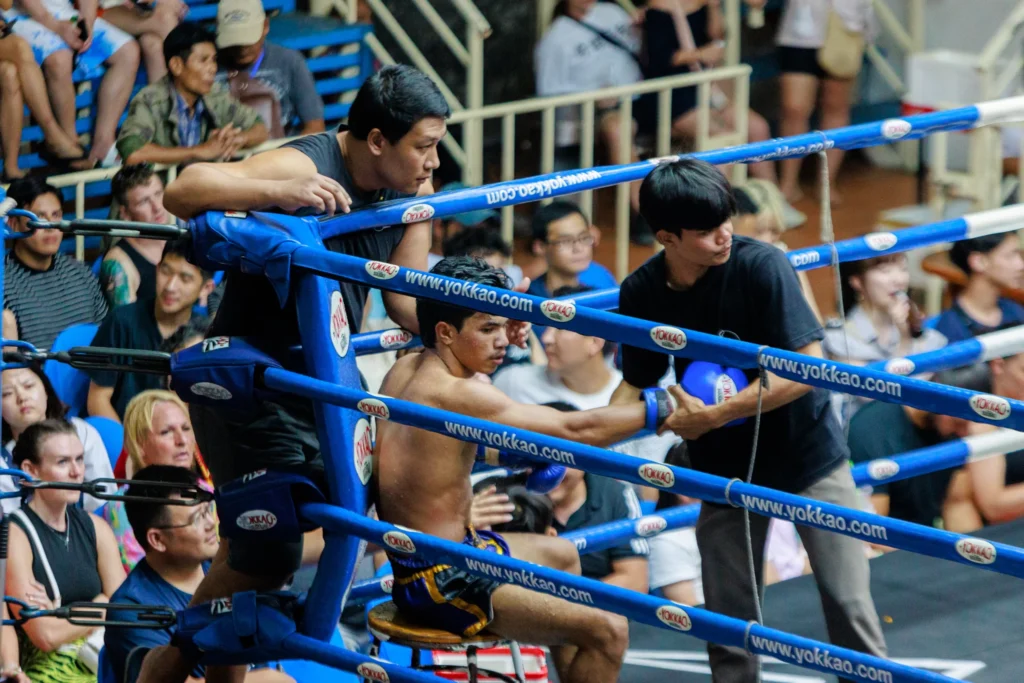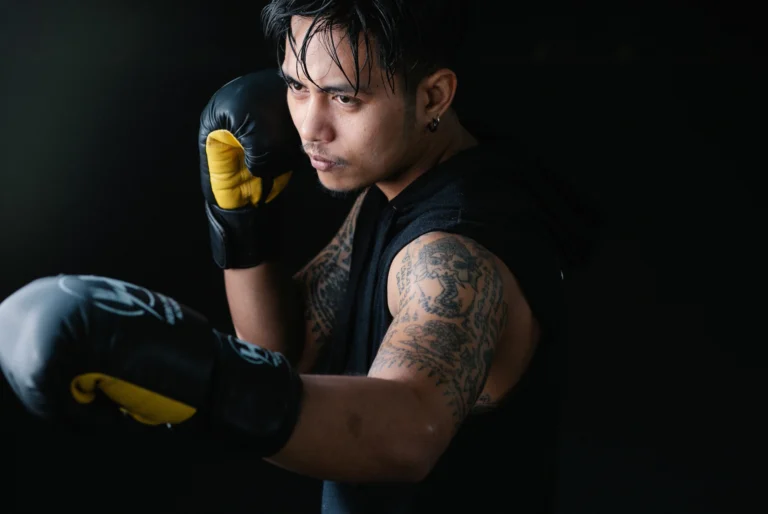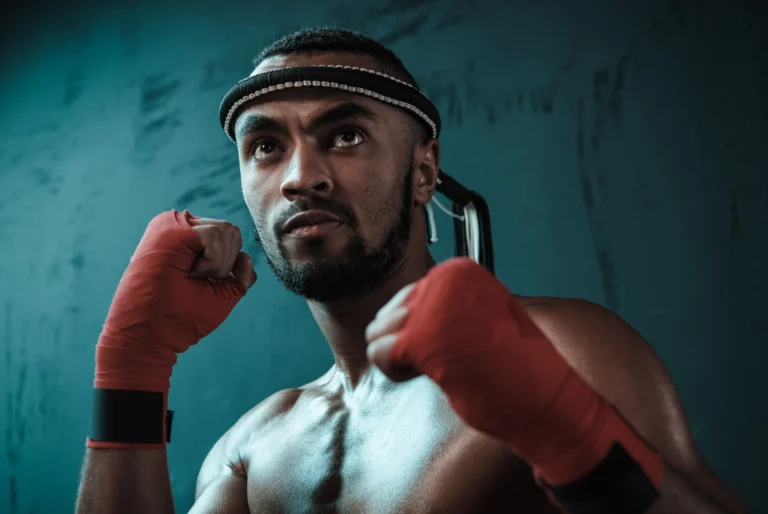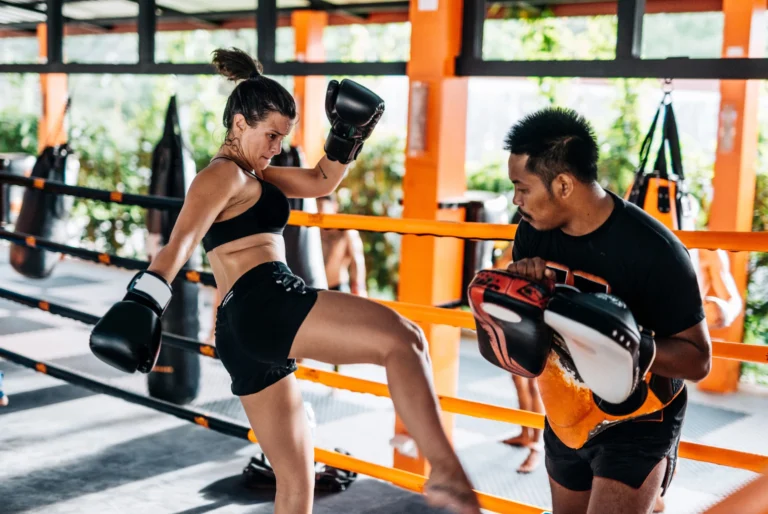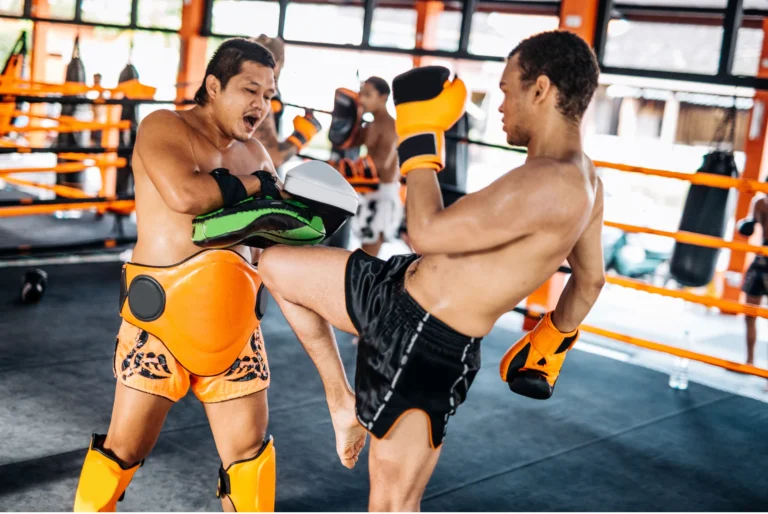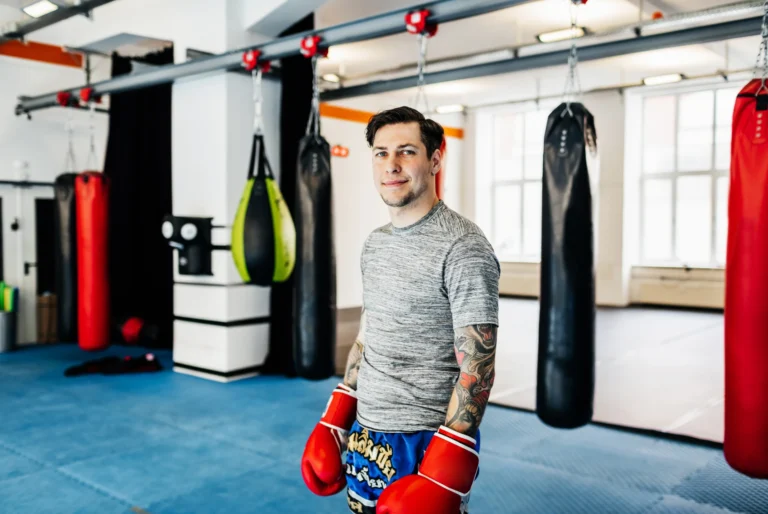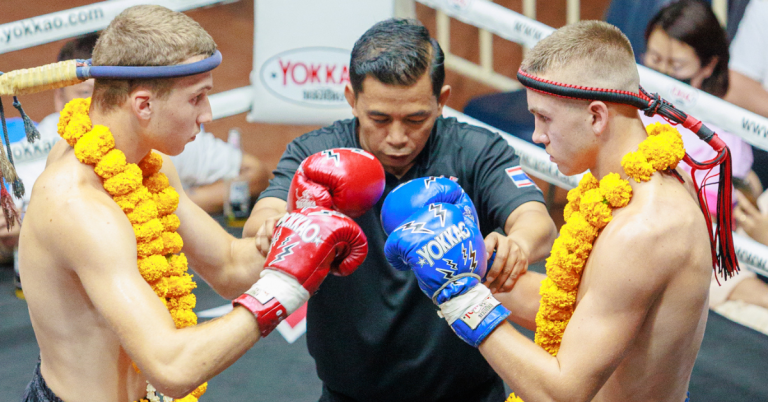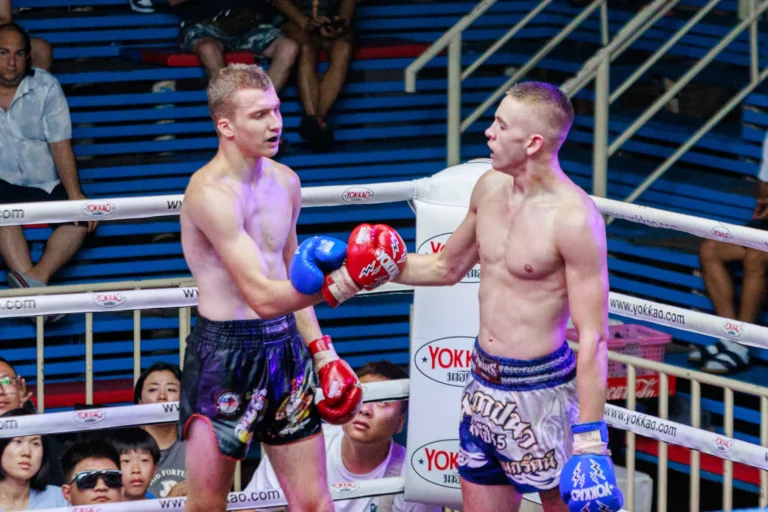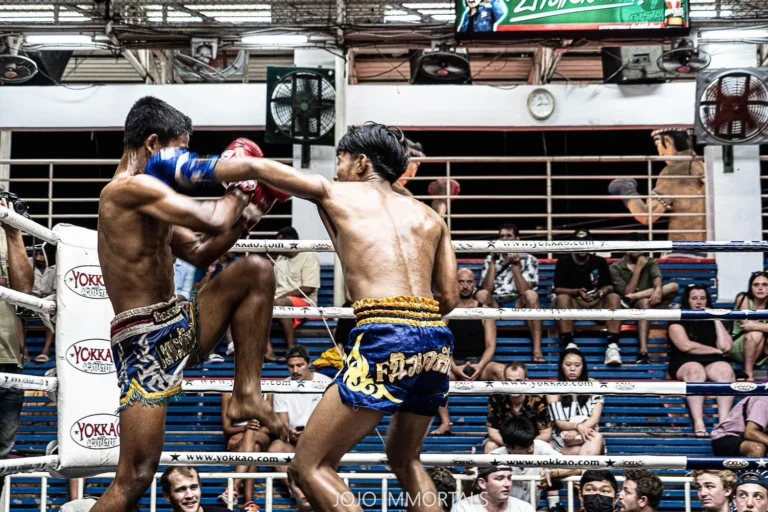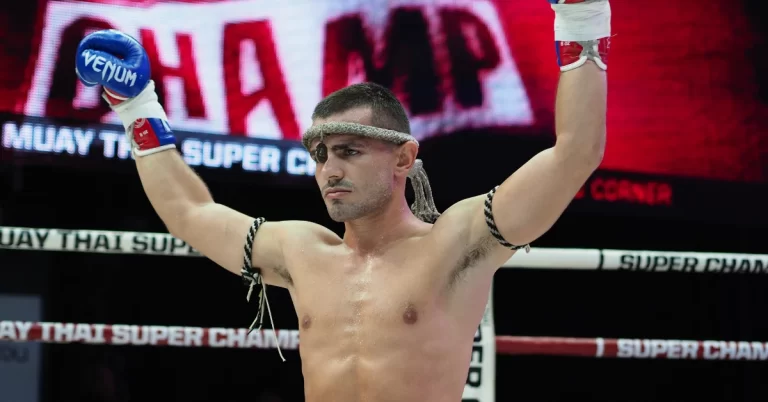Muay Thai, Thailand’s revered national sport, represents centuries of martial evolution combining devastating strikes with spiritual discipline. Traditional Thai boxing encompasses powerful knee and elbow techniques alongside sophisticated defensive strategies. Students worldwide seek authentic training experiences while questioning realistic timeframes for mastering this ancient art.
Traditional Thai Boxing Learning Timeline
Fundamental Stage (6-12 Months)
Beginning students discover basic techniques through traditional Thai training methods. Foundation skills include proper stance development, basic punching combinations, and essential defensive postures. Master trainers emphasize conditioning exercises preparing bodies for intensive training demands. Traditional gyms introduce cultural elements including Wai Kru ceremonies and proper etiquette.
Intermediate Development (1-2 Years)
Dedicated practitioners develop fluid technique combinations integrating kicks, punches, knees, and elbows. Advanced training includes sparring fundamentals with experienced partners providing technical feedback. Traditional conditioning intensifies through authentic Thai methods including pad work and heavy bag training. Students begin understanding subtle timing and distance management crucial for effective technique execution.
Advanced Proficiency (2-4 Years)
Experienced practitioners demonstrate sophisticated technique chains and strategic fighting approaches. Competition readiness emerges through intensive sparring sessions and technical refinement. Traditional masters introduce advanced concepts including psychological preparation and tactical adaptation. Students develop personal fighting styles reflecting individual strengths and preferred techniques.
Expert Mastery (5+ Years)
Master-level practitioners embody traditional Muay Thai philosophy while demonstrating exceptional technical expertise. Professional competition becomes viable for dedicated students with exceptional natural ability. Teaching capabilities develop as advanced students assist newer practitioners. Cultural understanding deepens through continued study of Thai boxing traditions and spiritual elements.
Critical Factors Influencing Learning Progression
Natural Athletic Attributes
Physical coordination significantly impacts initial technique acquisition and movement quality. Cardiovascular fitness determines training intensity sustainability and recovery rates between sessions. Flexibility affects kick execution and defensive movement effectiveness. Mental discipline influences consistent training attendance and technique retention.
Previous Martial Arts Foundation
Boxing experience accelerates punching technique development and defensive hand positioning. Kickboxing backgrounds provide advantageous striking combinations and movement patterns. Wrestling or grappling experience enhances clinch work and balance during close-quarters combat. Traditional martial arts training develops discipline and respect essential for authentic Thai boxing study.
Training Frequency and Consistency
Professional trainers recommend minimum three sessions weekly for steady technical progression. Daily training accelerates development but requires proper recovery protocols preventing injury. Consistent attendance proves more valuable than sporadic intensive periods. Quality instruction during each session maximizes learning efficiency.
Instructional Quality and Authenticity
Authentic Thai trainers provide cultural context alongside technical instruction enhancing overall understanding. Experienced instructors recognize individual learning patterns adapting instruction accordingly. Traditional training environments offer complete cultural immersion accelerating both technical and spiritual development. Master trainers with professional fighting experience provide invaluable strategic insights.
Strategic Goal-Setting for Muay Thai Development
Short-Term Objectives (3-6 Months)
Beginning students focus on fundamental technique mastery including basic combinations and defensive movements. Conditioning improvements become noticeable through consistent training attendance. Basic pad work skills develop enabling productive training sessions. Cultural understanding begins through traditional ceremony participation.
Medium-Term Targets (1-2 Years)
Intermediate practitioners work toward controlled sparring participation with appropriate safety protocols. Technique fluidity increases through repeated practice and instructor correction. Physical conditioning reaches levels supporting intensive training sessions. Competition preparation becomes realistic for dedicated students.
Long-Term Aspirations (3-5 Years)
Advanced students may pursue competitive opportunities at local or regional levels. Teaching assistant roles become available for technically proficient practitioners. Traditional ranking systems provide structured advancement recognition. Cultural ambassadorship develops through deep understanding of Thai boxing heritage.
Mastery Pursuits (5+ Years)
Expert practitioners explore traditional Thai boxing philosophy and spiritual elements. Professional competition opportunities emerge for exceptional athletes with proper training support. Instruction certification becomes achievable through continued study and demonstration. Cultural preservation responsibilities develop as students become tradition keepers.
Professional Training Recommendations
Selecting Authentic Instruction
Traditional Thai trainers offer authentic techniques passed down through generations. Professional fighting experience provides practical strategic knowledge. Cultural authenticity ensures complete martial arts education beyond mere physical techniques. Established gym reputations indicate quality instruction and proper training environments.
Training Environment Considerations
Traditional Thai gyms provide authentic cultural immersion enhancing overall learning experience. Modern facilities offer safety equipment and structured training programs. International training camps accelerate development through intensive instruction periods. Community-oriented environments encourage consistent attendance and mutual support.
Balancing Intensity with Sustainability
Gradual progression prevents injuries while maintaining steady technical development. Rest periods allow proper recovery and technique assimilation. Cross-training activities complement Muay Thai skill development without overwhelming schedules. Mental preparation techniques support physical training demands.
Conclusion
Muay Thai mastery unfolds through dedicated study combining physical conditioning, technical refinement, and cultural understanding. Traditional Thai boxing encompasses far more than fighting techniques, representing centuries of martial philosophy and spiritual development. Realistic expectations coupled with consistent training produce steady progression toward authentic expertise.
Students discover personal transformation through traditional Thai boxing study extending far beyond physical capabilities. Master trainers guide dedicated practitioners through time-honored progression stages ensuring authentic skill development. Cultural immersion enhances technical learning while preserving traditional Thai boxing heritage for future generations.
Witness authentic Muay Thai mastery firsthand at Phuket’s premier boxing stadiums through HKT Boxing Stadium. Experience professional fighters demonstrating traditional techniques learned through years of dedicated training. Book tickets for Bangla Boxing Stadium and Patong Boxing Stadium (Sainamyen) to see the best Muay Thai fighters showcase their skills.
Looking for a Gym in Patong? Here’s Everything You Need to Know
